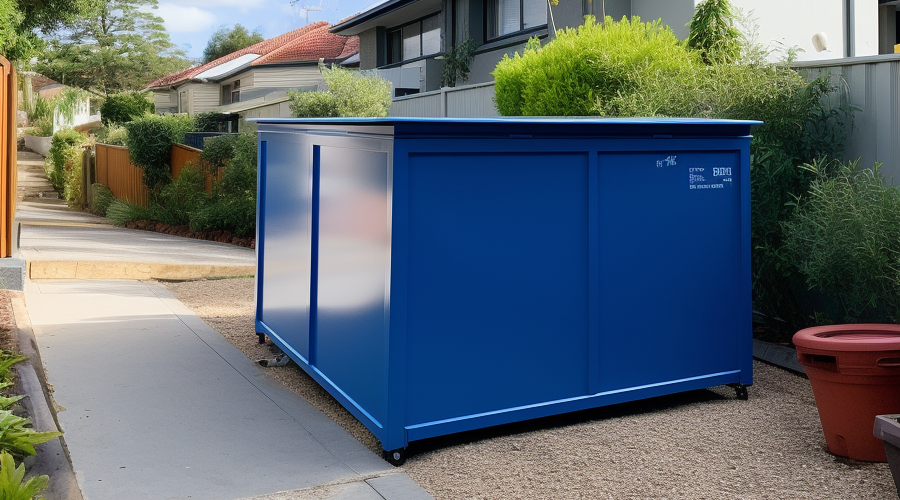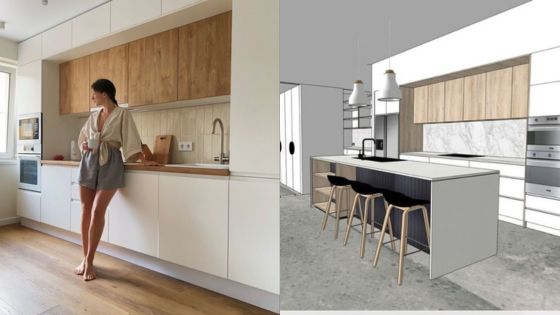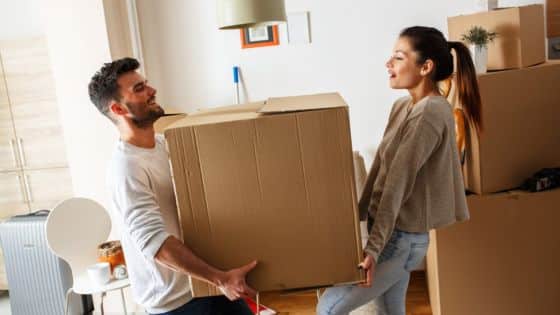
Efficient waste management during a project is essential, and maximizing the space in your skip bin can save you time, money, and hassle. Whether you’re tackling a home renovation, a garden clean-up, or a major construction project, making the most of your skip bin space ensures you can fit all your waste without needing additional bins. In this blog, we’ll share practical tips on how to pack your skip bin effectively, allowing you to maximize space and manage your waste disposal efficiently.
Start with a Clear Plan
Before you start loading your skip bin, it’s important to have a clear plan in place. Assess the types of waste you’ll be disposing of and consider how best to organize them within the bin. Large, flat items should go in first, followed by bulky materials, and finally, smaller debris should be used to fill in the gaps. By planning ahead, you can avoid haphazard loading, which often leads to wasted space and inefficient use of the bin.
Consider sorting your waste into different categories, such as general waste, recyclables, and bulky items. This organization allows you to pack similar materials together, making it easier to stack and compact them. Planning also helps you identify any items that need special disposal, ensuring you don’t accidentally include restricted materials in your skip bin.
Break Down Large Items
One of the most effective ways to maximize space in your skip bin is to break down large items into smaller pieces. Furniture, cardboard boxes, and large debris can take up a significant amount of space if left intact. By disassembling furniture, flattening boxes, and breaking down bulky items, you can reduce their volume and fit more waste into your bin.
For example, instead of throwing an entire chair into the bin, consider dismantling it into its individual parts—legs, seat, and backrest—so it can be laid flat. Similarly, old cabinets or wardrobes can be broken down into panels, which can be stacked neatly at the bottom of the bin.
Not only does breaking down large items help you maximize space, but it also makes the skip bin easier to load, allowing you to pack the waste more efficiently and safely.
Place Flat Items at the Bottom
To create a solid foundation and maximize the space in your skip bin, start by placing flat items at the bottom. These might include sheets of wood, metal, or plasterboard, as well as flattened cardboard boxes or large panels from dismantled furniture. By laying these items flat, you create a stable base that makes it easier to stack other materials on top.
This method also helps distribute the weight evenly across the bin, reducing the risk of overloading one side, which could make the bin unsafe for transportation. Once the flat items are in place, you can start adding bulkier waste, such as furniture pieces or large bags of debris.
Stack and Compact Waste
Stacking and compacting your waste as you load the skip bin is essential for maximizing space. When placing items in the bin, try to arrange them as closely together as possible, minimizing gaps between them. For example, stack similar-sized items together, and nest smaller objects inside larger ones to save space.
If you’re disposing of loose materials, such as soil, sand, or gravel, use a shovel to spread them evenly across the bin, ensuring there are no large mounds or voids. Compacting these materials as you go helps to create a more even distribution and reduces the overall volume, allowing you to fit more waste into the bin.
When loading bags of debris or smaller items, place them in the gaps between larger items to ensure no space is wasted. Consider using a heavy-duty tamper or your hands to press down on the waste, compressing it and creating more room for additional materials.
Avoid Overfilling the Bin
While it’s important to maximize space, it’s equally crucial to avoid overfilling your skip bin. Overfilling a skip bin can lead to several problems, including unsafe transportation, extra fees, and even fines if the waste exceeds the bin’s weight limit or spills over the sides.
Most skip bin providers have clear guidelines on how full a bin can be. Typically, waste should not exceed the top edge of the bin, and in some cases, there may be a fill line indicating the maximum level. Overfilled bins can be difficult to transport safely, as waste may shift during transit, potentially causing accidents or spills.
To avoid overfilling, monitor the level of waste as you load the bin, and be mindful of any heavy or bulky items that might quickly take up space. If you find that your bin is filling up faster than expected, it may be worth considering a larger bin or arranging for an additional one to be delivered.
Utilize Recyclable Materials Separately
To make the most of your skip bin space, consider separating recyclable materials from general waste. Many items, such as cardboard, paper, glass, and certain plastics, can be recycled, reducing the amount of waste that needs to go into the bin. Some skip bin providers even offer separate bins for recyclables, which can help you manage your waste more effectively.
By recycling, you not only free up space in your skip bin but also contribute to environmental sustainability. If your skip bin provider offers recycling services, ask about the best way to sort and separate recyclable materials before placing them in the bin.
Conclusion
Maximizing space in your skip bin is essential for efficient waste management, helping you avoid the cost and hassle of needing multiple bins. By planning ahead, breaking down large items, stacking and compacting waste, and being mindful of overfilling, you can make the most of your skip bin and ensure your project runs smoothly. With these tips in mind, you’ll be well-equipped to handle your waste disposal needs, keeping your site organized and your budget intact.
- 0shares
- Facebook0
- Pinterest0
- Twitter0
- Reddit0













